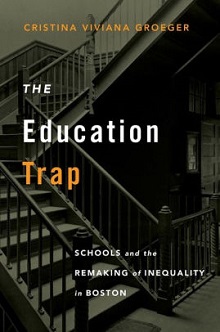2018 School Spending Survey Report
The Education Trap: Schools and the Remaking of Inequality in Boston
COPY ISBN
VERDICT This extensive, insightful historical examination reveals how U.S. education has perpetuated social inequality rather than decreasing it.
RELATED
ALREADY A SUBSCRIBER? LOG IN
We are currently offering this content for free. Sign up now to activate your personal profile, where you can save articles for future viewing




Comment Policy:
Comment should not be empty !!!